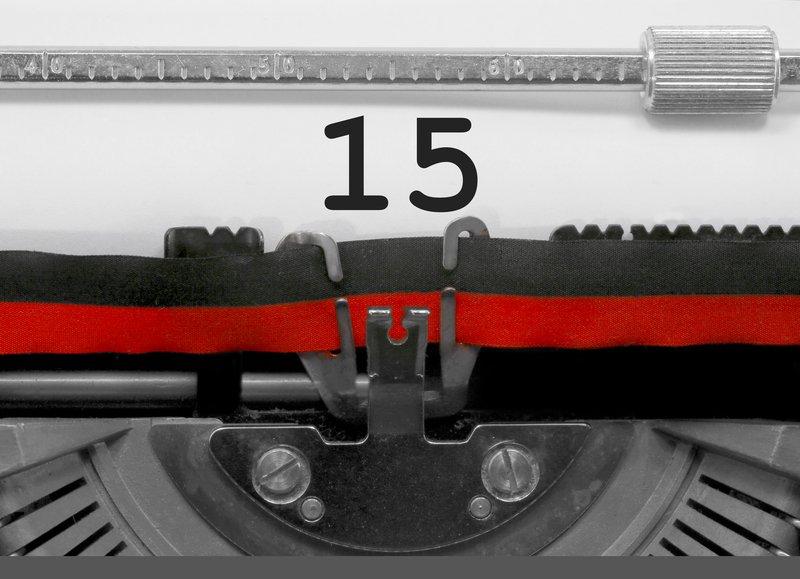Market research is often assumed or anecdotal. A few good words here and there, enthusiastic leads, handshakes and happily resolved issues from existing customers can lead to the pleasant feeling that you know your market.
However, if your business is to thrive, you really need to develop a deep understanding of your customers. To help you do this, we’ve asked Robin Booth to explain the steps you need to take.
I’m not denying that experience and great interactions with customers can go a long way towards giving you a feel for the people you are selling to.
Having great personal relationships with your customers is likely a sign that you’re doing the right thing! But this should not be the beginning and end of understanding the market you are selling into.
Whether you are starting a new business or growing an existing one, market research is an important part of planning. This article is about how to make more of market research by going about it in a structured way.
Who are your customers?
The burning question at the root of market research is often, “How can I get more people to become my customers?” Market research often answers this in a roundabout way but provides a lot of other useful information to boot.
Imagine that someone who is a complete stranger to you and your business asks you, “Who are your customers?” How would you respond? Take a moment to think…
As you might have just found, there are lots of qualities that could describe your customers. Here are some of the different ways I might describe a particular, familiar type of business:
- My customers are people who are looking for a place to talk.
- My customers are people who are cold.
- My customers are college students who spend money on socialising.
- My customers are parents who meet other parents while their children do activities.
- My customers are professionals waiting for the business centre to open.
- My customers are people who are waiting for the bus.
- My customers are looking for a place to put down their heavy shopping bags and relax in a comfortable environment.
- My customers really like coffee.
This business is a cafe. Did you guess it before the last question?
The reality of this business is that they have many kinds of customer. Some have age or occupation in common, others are bound together by less obvious threads.
Identifying these will help you understand the different target markets you will need to appeal to. But before you start thinking about what X kind of customer might like or dislike, it’s important to go out there and actually get data. Otherwise you’re just guessing.
What do you need to know about your customers?
Getting information about your target markets’ spending habits is not a task to be skimped on.
If you don’t have the time or expertise to do this in-house, there are many companies who make it their business to conduct surveys and research on your behalf. But if you do have the resources to do market research yourself you can gain a lot of knowledge from the process.
As I’ve mentioned, a reasonable end-game of market research is to learn how to get more customers. You’ll not be surprised to hear there are several steps to getting people to buy your products or services.
You’ll need to understand:
- What kind of person or business wants to buy from you?
- What are they buying now instead of your product or service?
- How will what you are offering solve their problem?
- How will it solve it better or more conveniently than the competition?
- What kind of marketing messages will they be inclined to engage with?
You will need to ask these questions in order to get answers. The internet is a gold mine of information if you know where to look, but often, most of the information available is on competitors rather than customers.
How to find the information you need
Government/local authority data, published surveys, news articles and opinion pieces are good sources of statistics, but do not rely solely on them. These surveys likely didn’t ask the same questions you would ask, and you owe it to your business to get some really relevant data.
The best way to do this is to develop a set of questions and survey large groups of people. At least 150 people should be questioned, more if many of them are unlikely to become your customer in any case.
You need the information you collect to be honest, unbiased and uncoerced. To encourage this kind of answer ensure your questions meet the following criteria:
Encourage nuanced answers
Allow your participants to answer in their own way, or at least provide a scale of agreement rather than ‘yes’ or ‘no’.
On the downside, this can make your data harder to analyse, but you will get better data.
Do not ask leading questions
Instead of asking “Do you think Italian coffee is better than Viennese coffee?” ask “What does Italian coffee make you think of?”
Keep the questions the same
Asking the same question in different ways can provoke different responses. A good scientific principle is to only change one variable per experiment – and in this experiment the only variable that ought to change is the individual answering the questions.
Don’t get pushy
Try to ensure the environment in which you ask questions is relaxed. You won’t get good data from anyone who’s just trying to get the questions over with as quickly as possible!
You should collect as much information from your potential or existing customers as they are content to give. Age, occupation, commuting distance, taste in music – whatever might be relevant to their engagement with your business.
But finally – bear in mind that you are collecting a lot of potentially sensitive data here.
As soon as you start collecting data that can be used to identify a person (their name, company and job role, email address etc) on behalf of your business you have certain responsibilities for data security and an individual’s right to be forgotten.
You should familiarise yourself with the Data Protection Act 1998 and also the General Data Protection Regulation which came into force in May 2018, to understand your legal obligations when it comes to customer data.
Ensuring the data remains anonymous is the best route to avoid this, but does reduce your ability to follow up on individuals later for more information.
This article was written exclusively for ByteStart by Robin Booth of Brixx.com, the financial forecasting app that turns your ideas into numbers.
Subscribe to ByteStart's monthly small business owners' newsletter!

|
Free Tide Business Bank Account - up to £150 Cashback!Simply open a free business current account to qualify + 12 months free transactions. Read our Tide review. Open a Tide savings account at the same time and earn an excellent 4.07% AER (variable) on your spare funds. |











